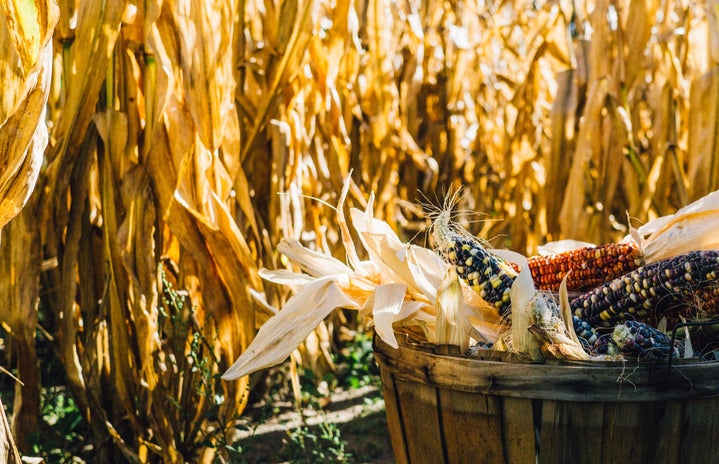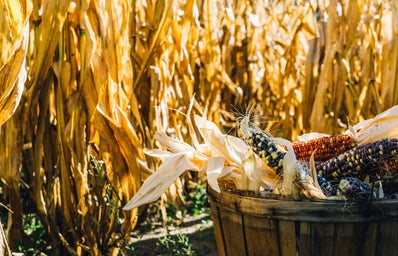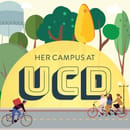Content warning: mentions of suicide
I was recently asked about my understanding of Native American history, off-handedly in casual conversation, and my own lack of knowledge surprised me. I had attended a large public high school, in a liberal California city. Yet the only Native American history I could think of was my fourth grade mission project, which arguably had a lot more to do with colonization than the celebration of Native American culture. Not only was I uneducated regarding Native American history, but also regarding current events.
The Native American population is the most overlooked, underrepresented, and underprivileged ethnic group in this country. The population is the most disproportional ethnic group within their own native lands. In the past decade, the use of unnecessary force and violence towards African Americans has been brought to the attention of the nation — and rightfully so. However, there is a forgotten minority, also targeted by the law, that is not getting media coverage. Although Native Americans make up only 0.8% of the racial demographic in the United States, they are killed by law enforcement at a higher rate than any other ethnic group. The CDC has reported this data and found that 2.9 average annual deaths per million occur in the Native American population, while 2.6 average annual deaths are recorded in the African American population. It is estimated that 22 Native Americans died as a result of police interactions in 2016, which is more than any other ethnic group.
In November 2017, a fourteen year old named Jason Pero was shot and killed by law enforcement officials on the Bad River Reservation in Wisconsin. The boy was reported to be holding a butcher’s knife, and had refused to drop it. However, the state Department of Justice found that it was the boy himself who called the police, and even gave them his own physical description. Pero’s family reported that Jason had been home sick from school that day, therefore the officer’s account of what happened simply didn’t make sense. In January of this year, County Sheriff’s Deputy Brock Mrdjenovich was cleared and will not be facing criminal charges for the death of Jason Pero.
In addition to racial bias, there is a high number of Native American deaths that go unreported, as much of the Native American population is based in rural areas. In 1996, the CDC estimated that Native American mortality rates were underreported by 21%, primarily due to a lack of identification on death certificates. Other groups and media sites, such as Fatal Encounters, have kept their own tally of Native American deaths, and their count is more than twice the CDC-given average.
Native Americans are disproportionately impacted by suicide. In fact, in a study conducted in 2015, researchers found that Native Americans were 3.5 times more likely to commit suicide than other ethnic groups. Another study was conducted on the relationship between genealogy and one’s likeliness to commit suicide. It was found that 35.7% of Native Americans were between the ages of 10 and 24 during their suicide attempt, versus only 11.1% of the white population. Additionally, researchers found that Native Americans were 6.6 times more likely to live in a rural area, 2.1 more times to have a positive alcohol toxicology report, and 2.4 times more likely to be driven towards taking their own life as the result of a loved one’s own suicide.
There is an appalling lack of knowledge surrounding both the history and current events of the Native American population in the United States. It is tragically ironic that the direct descendants of this land, now dubbed the “land of the free,” have been pushed to the far corners of this country, diminished and dehumanized. Over 500 different legal treaties have been made between various native tribes and the American government — all of which have been broken. As many celebrated Thanksgiving last week as a reminder of a famous pilgrim and “Indian” feast, take note of the overlooked and original residents of this country, and the rich and complex cultures that have been ignored for centuries.



